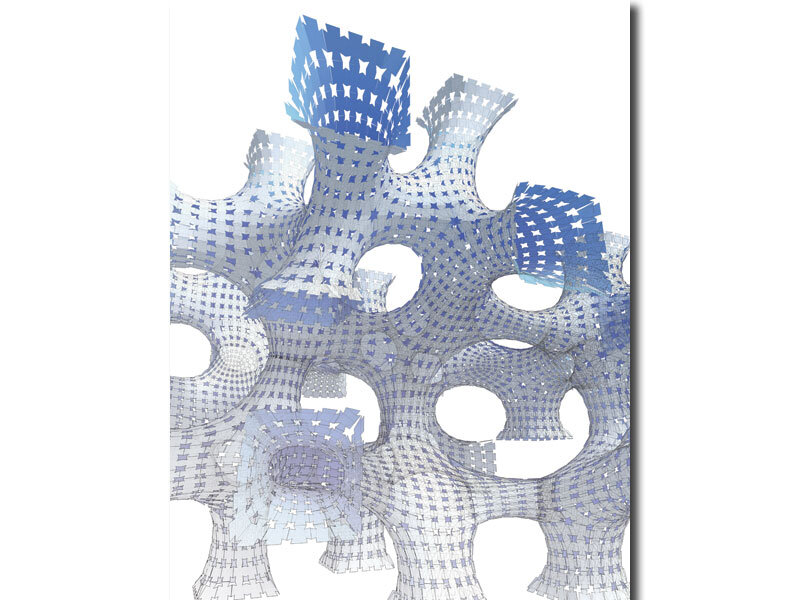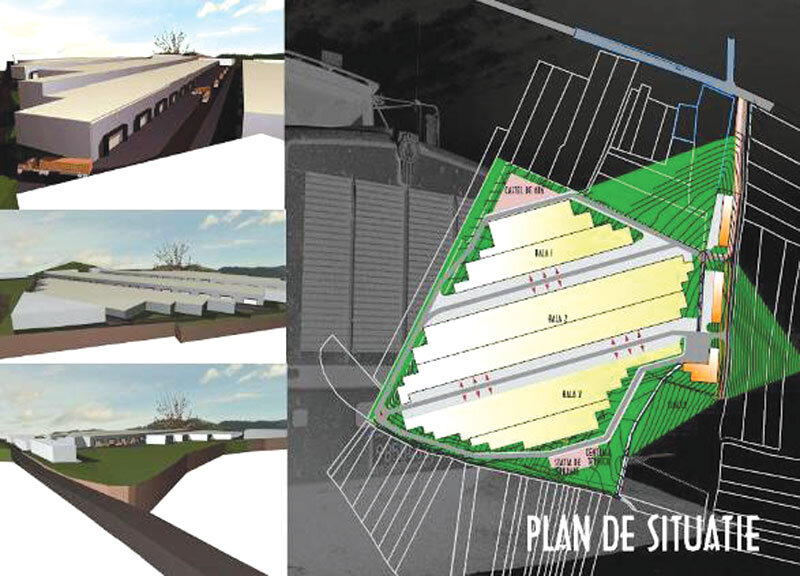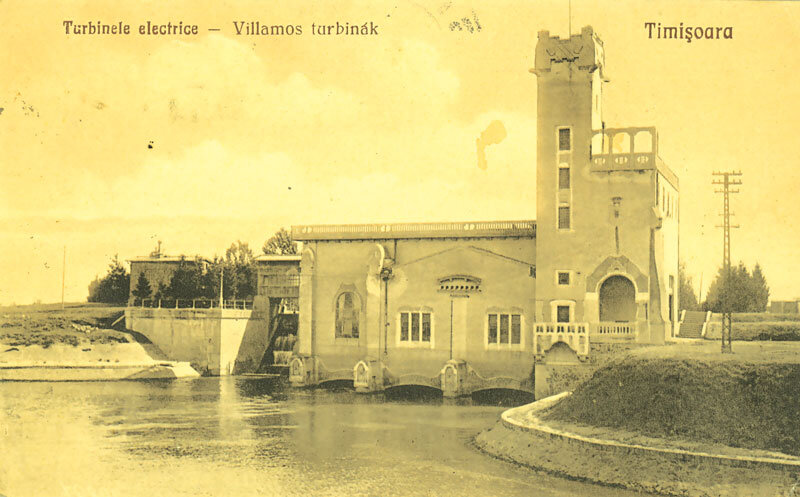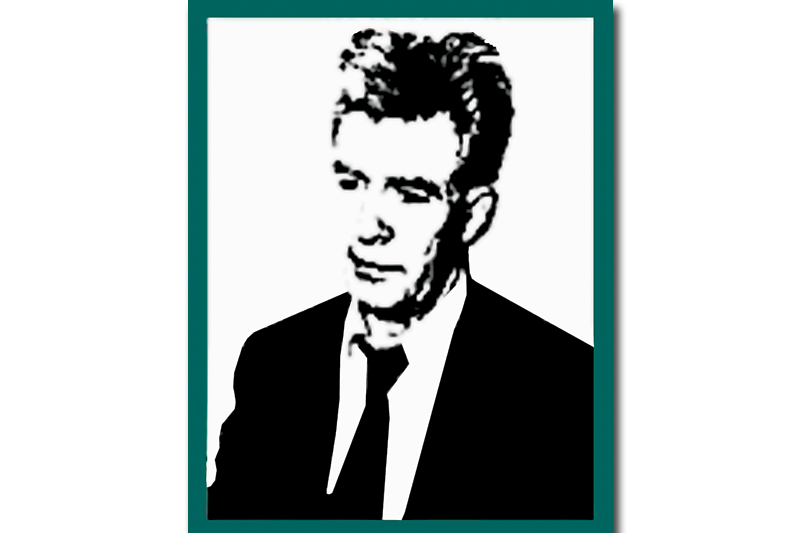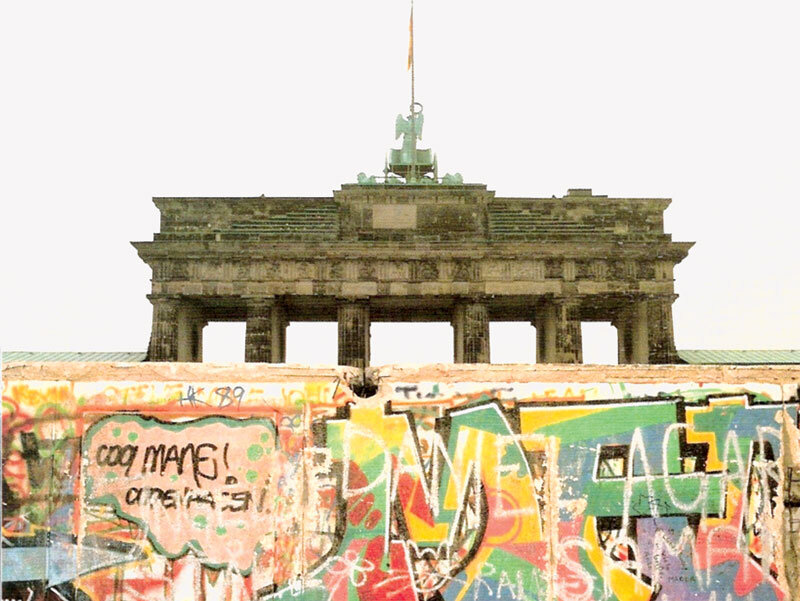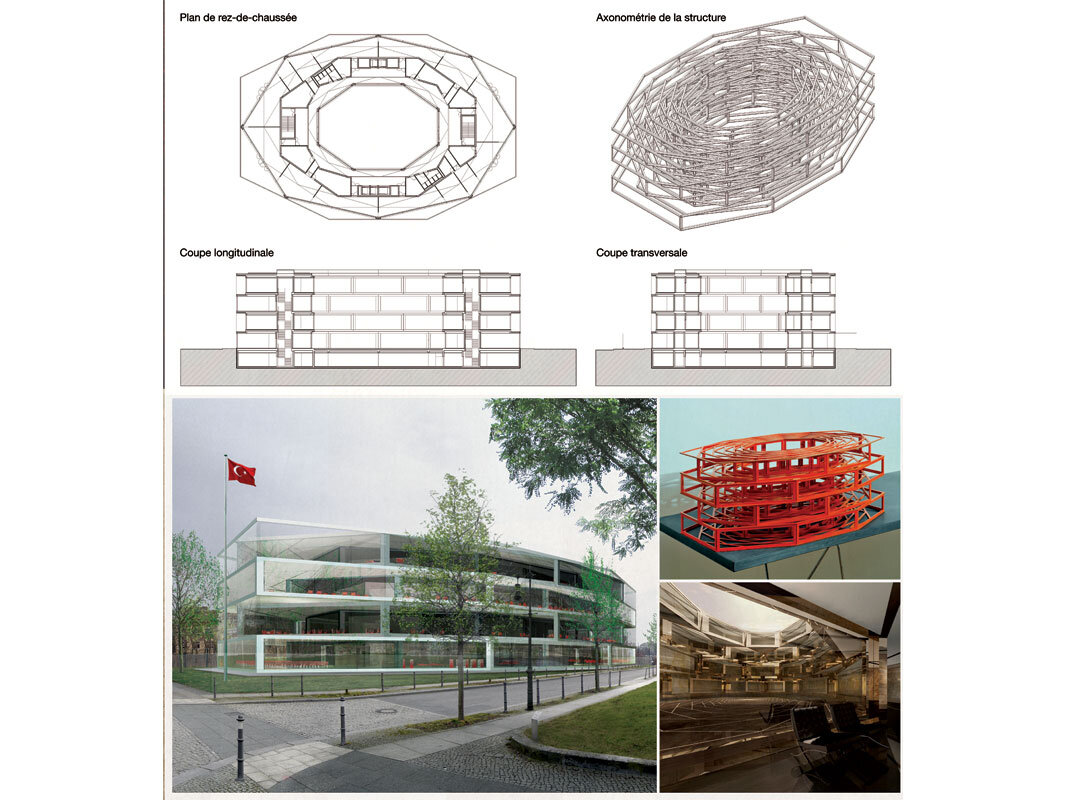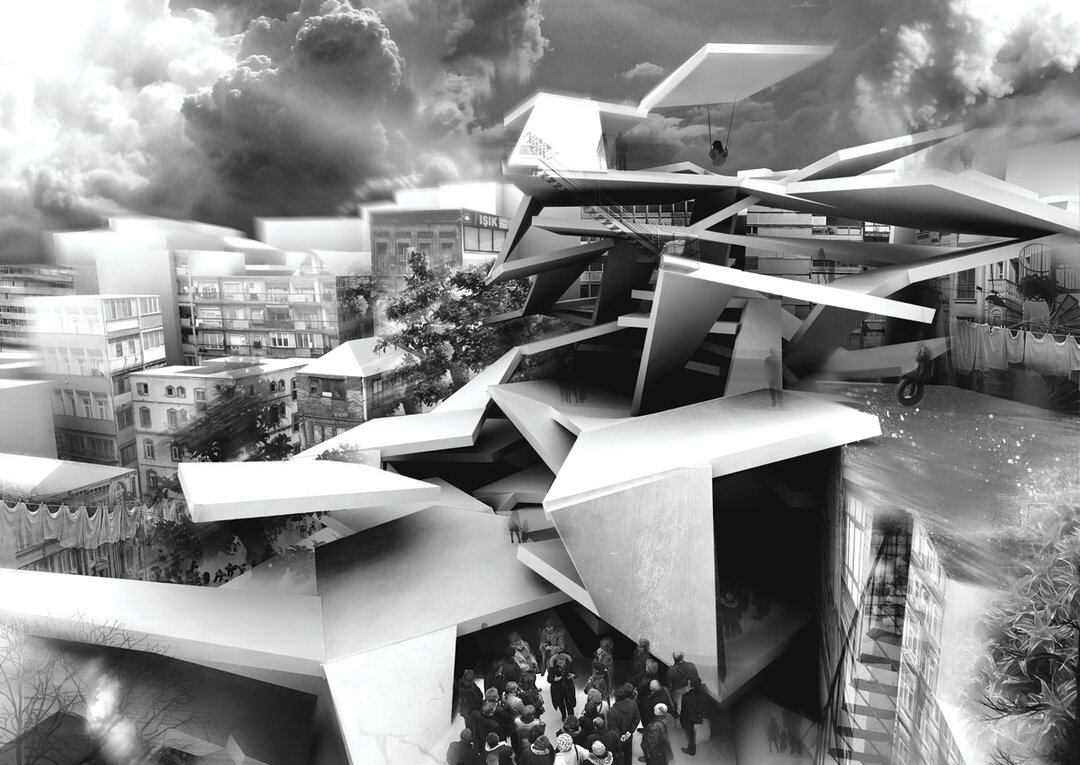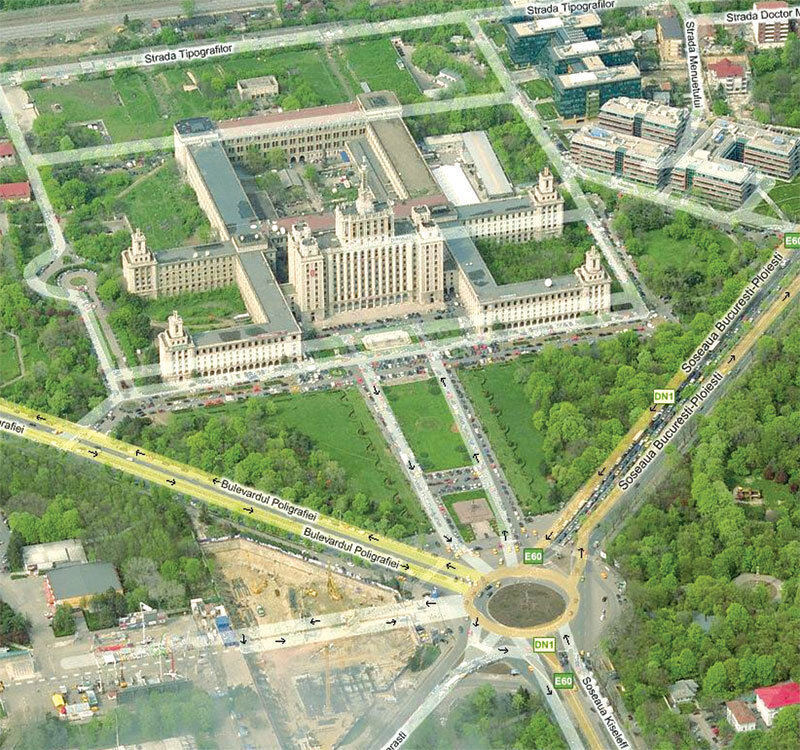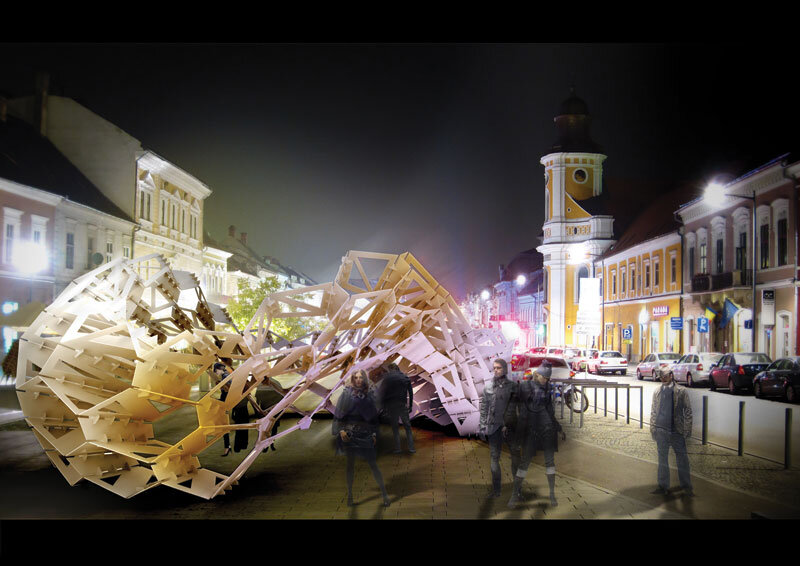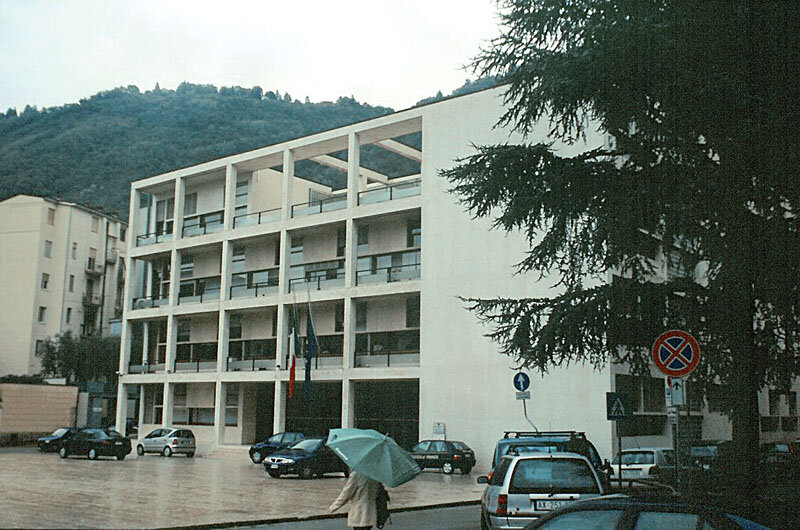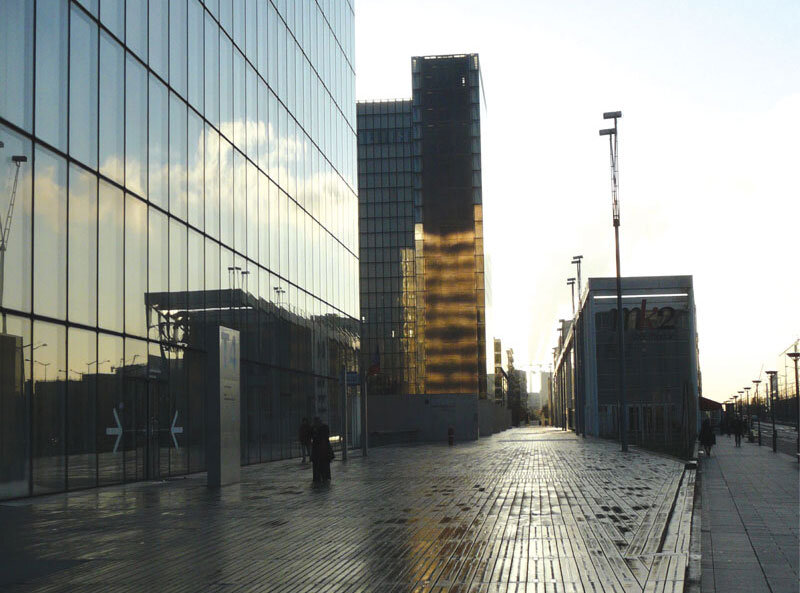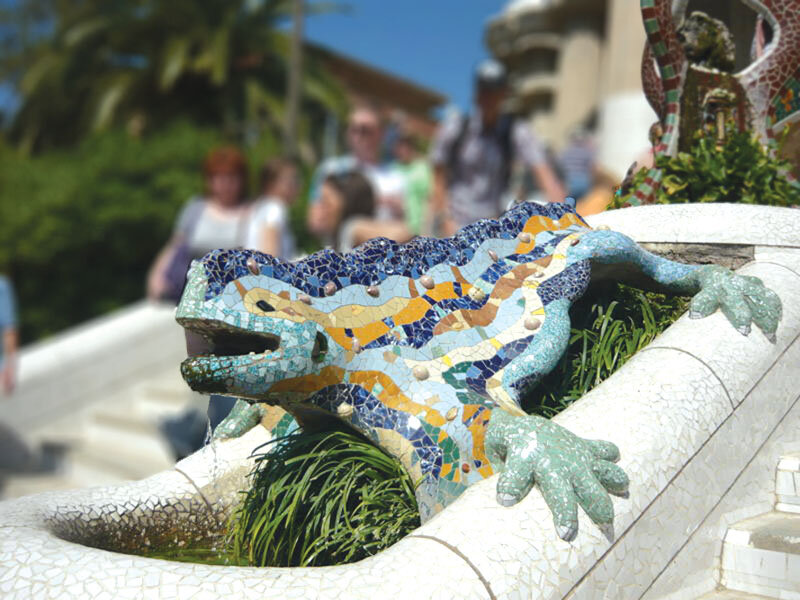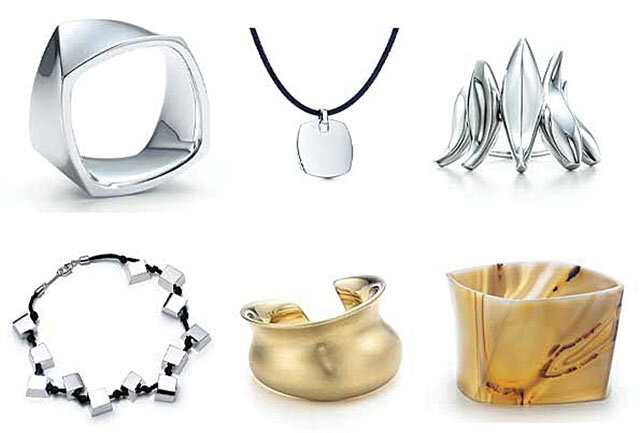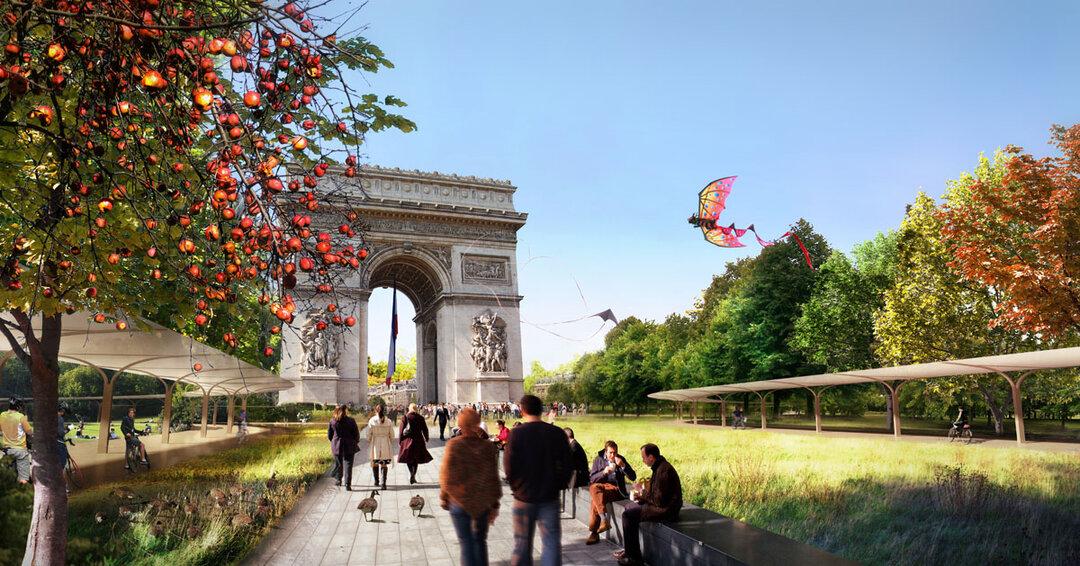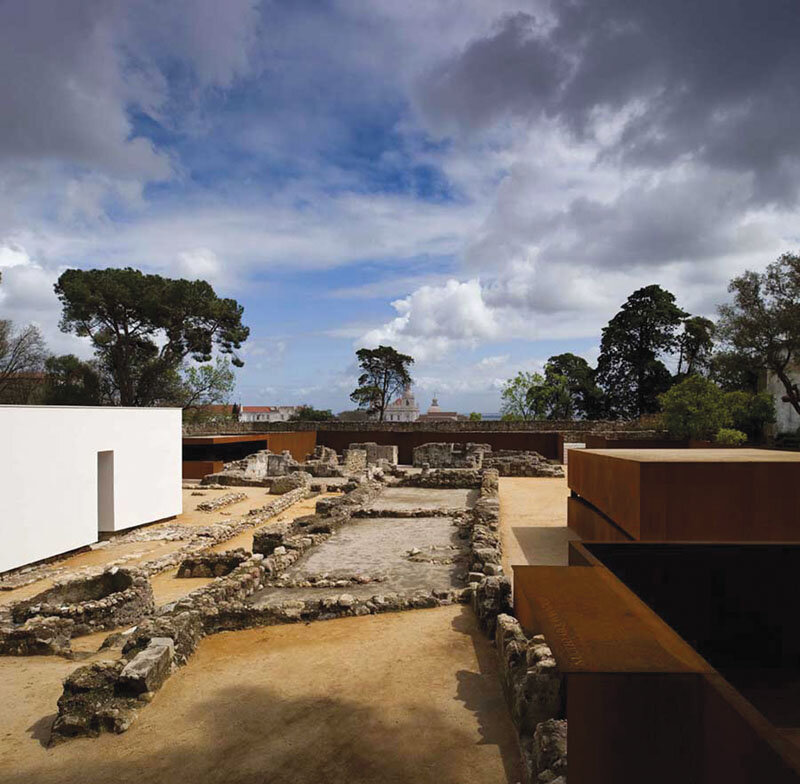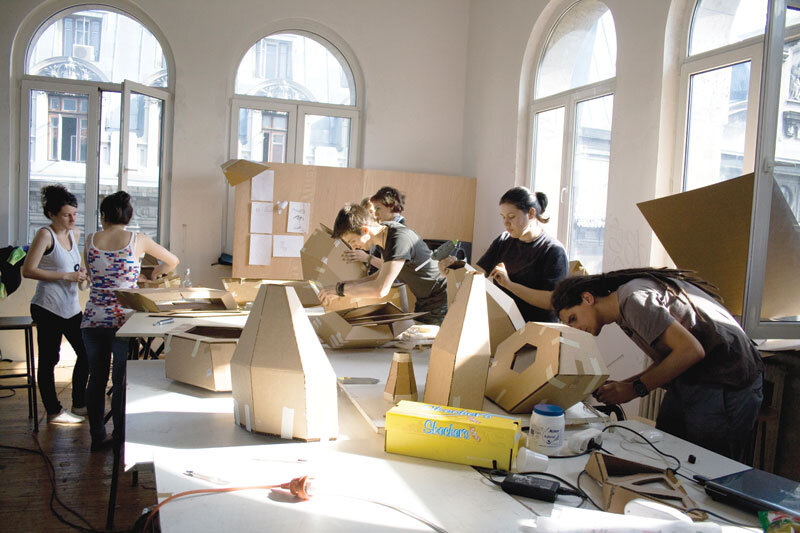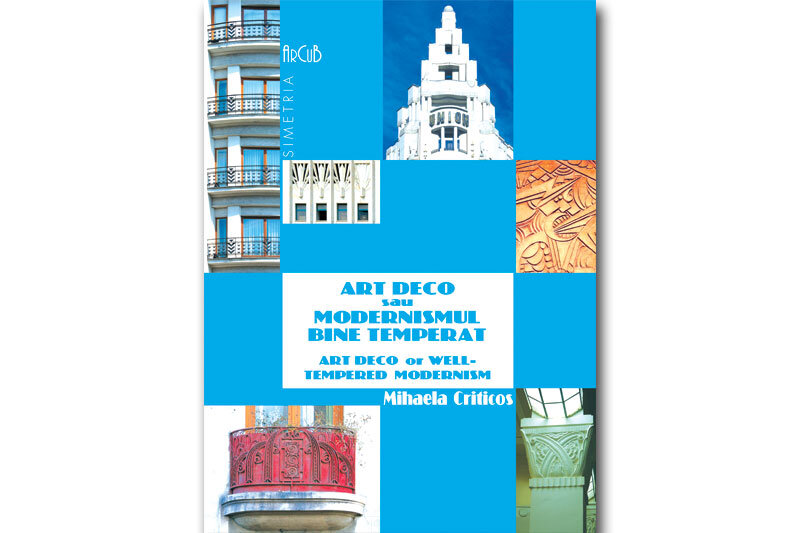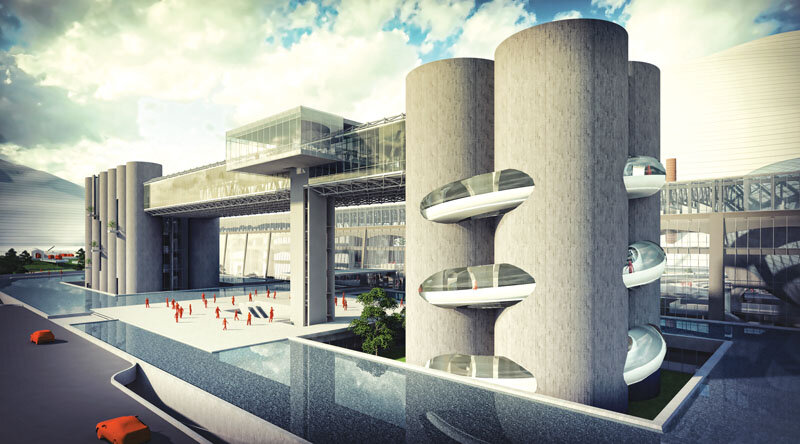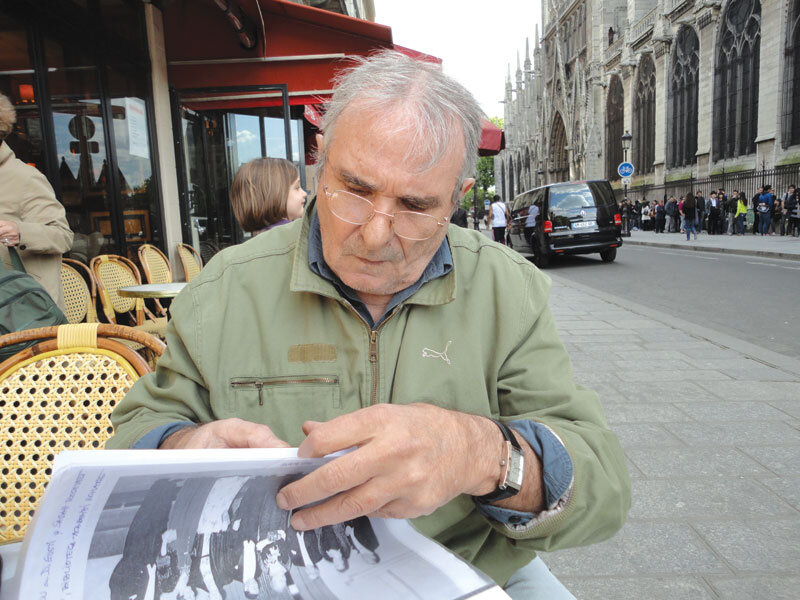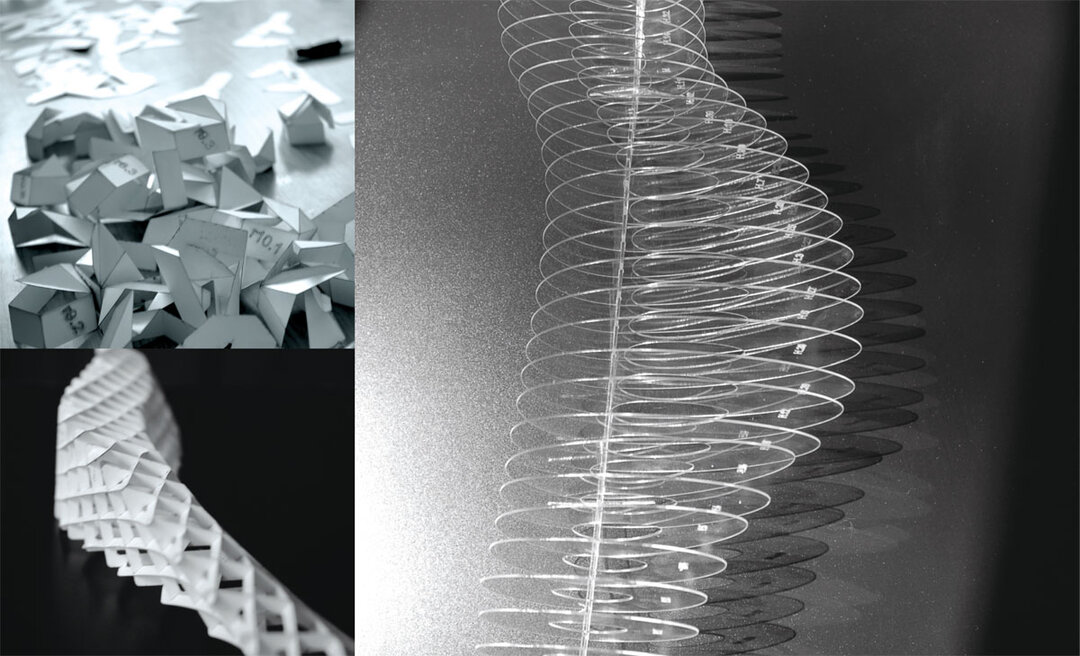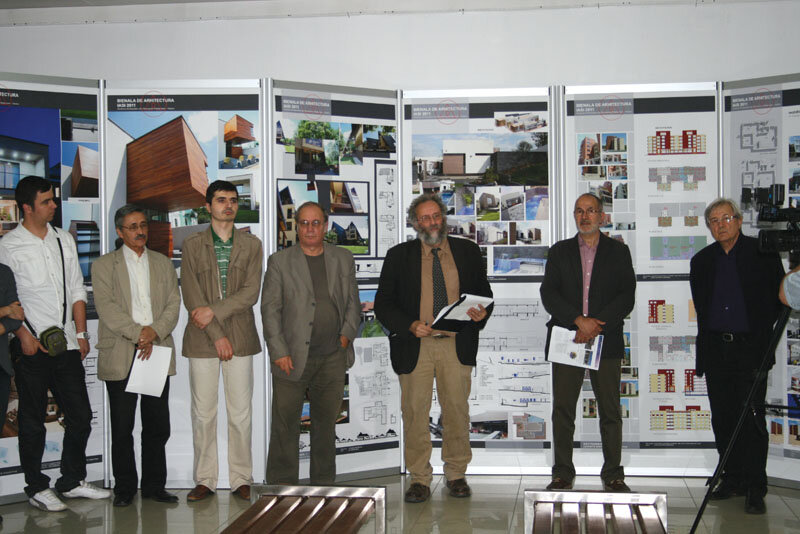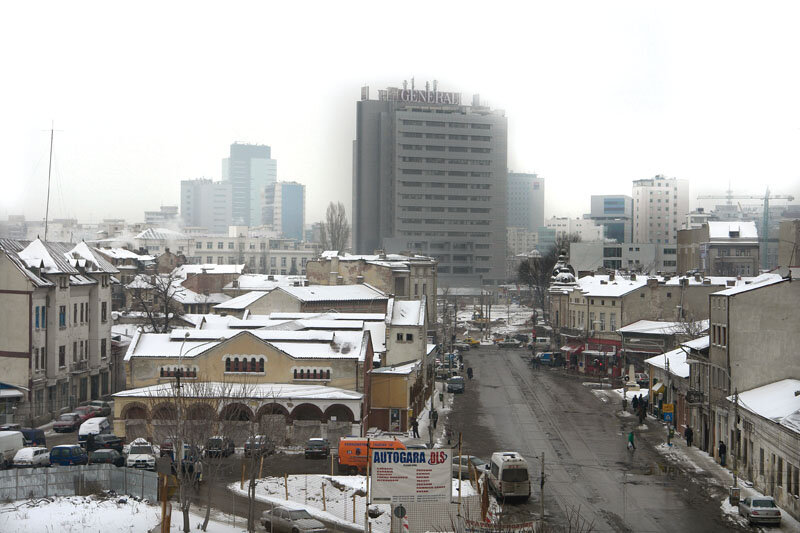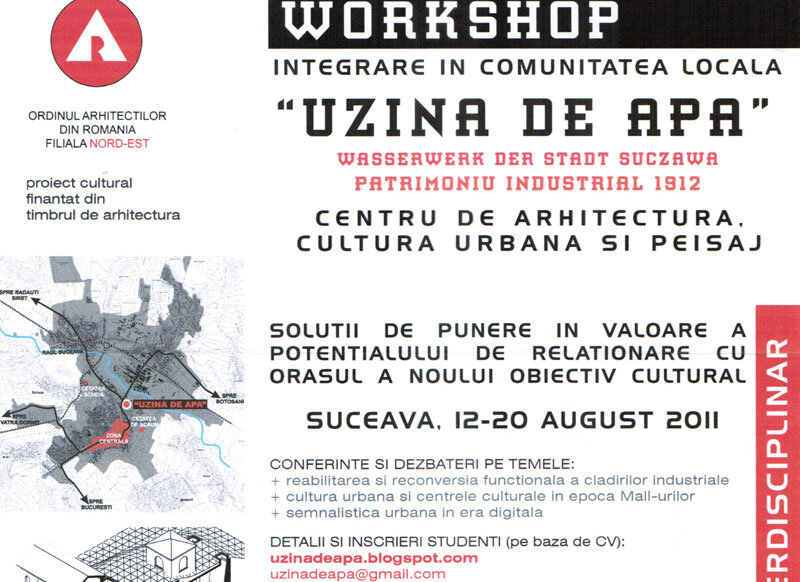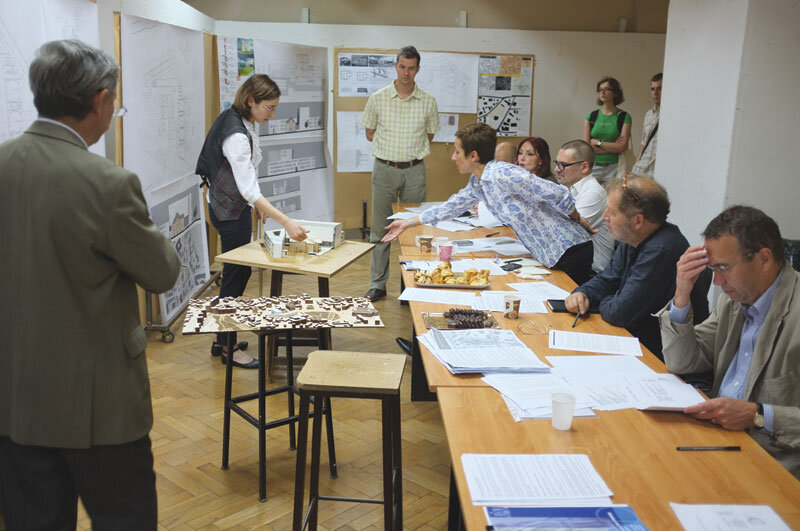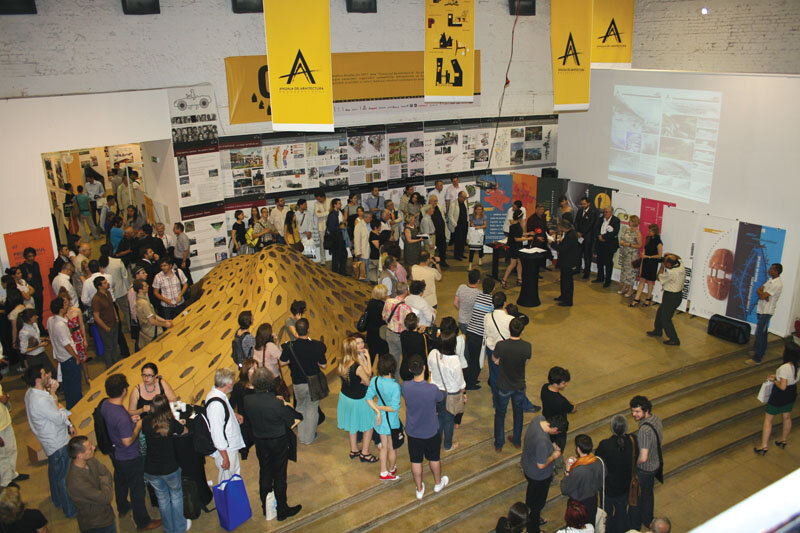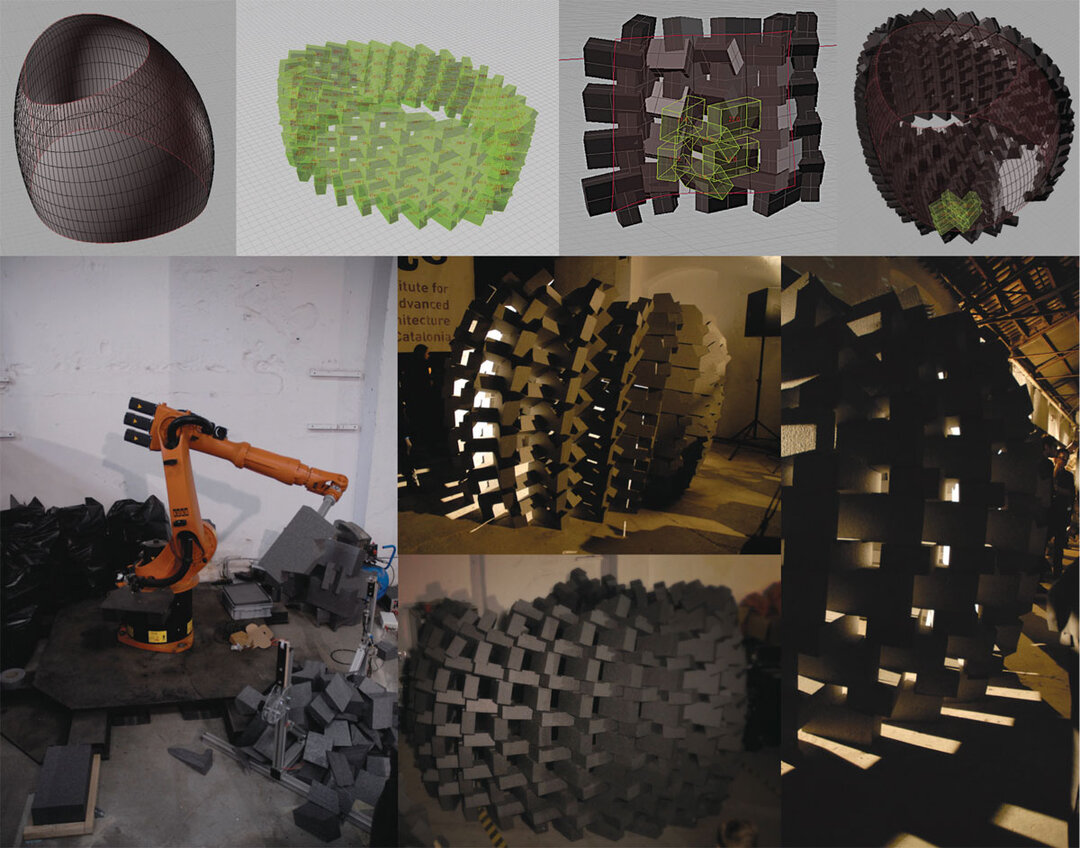
Argument on the topic: Rupturi
Rupture, a break in continuity, can occur abruptly or gradually. Thus, in the history of civilization, in aesthetics as well as in architecture, we identify dominant ruptures generated by polemic, avant-garde and revolution. The platform for such ruptures is change for the better. Whether it is claimed in the name of a noble ideal or dominantly installed on a continuum that becomes obsolete through latency, ruptures always bring freshness of observation and interpretation. Ruptures promise an alternative, either by contradicting the precedent or by total renewal. Gradual ruptures sometimes disguise themselves socially, not so much in slow change as in inertia and out of phase with the acceptance of a process that is already manifest.
Urban disruptions occur either through sudden demographic increases, as a result of crises or reversals of power, or through the need for representation. The sudden emergence of neighborhoods in most European cities in the 19th century created breaks of scale. These cleavages arose between the center and the edges of the city. Thus the medieval core, with its constant height regimen, preserved only by the ascending cry of the cathedral's soaring cathedral spire, suddenly meets, abruptly, with tall buildings flanking generous boulevards. Had it not been for Georges Eugene Haussmann and Ildefons Cerda, Paris, and Barcelona respectively, would probably have looked very different in the 19th century.
Bucharest has recent ruptures. The urban planning scheme coordinated by Cincinat Sfințescu in 1935 points to an urban structural truth: the 19th-century boulevards are insufficient. The Magheru-Bălcescu and Splaiul Unirii boulevards are in a state of rupture. In these cases the difference of scale is charming and the situation contains an accepted break in the charm of the city made and fragmented, mosaicized and heteroclite. Bulevardul Unirii (formerly Victoria Socialismului), the most painful urban cut in Romania's recent history, has generated a cut in the structure of Bucharest. The rupture has not yet healed. In the early 1990s, this deep-cut line was given attention, and there was enthusiasm for a remedy. In the year 2000, an international architectural competition specifically addressed the problem of urban rupture, of traffic, of identity. The applicability of the results so far remains a latent impotence. Now everything in the area is attenuated by various elements: rock concerts, trees that have grown free, popular festivals, fountains that have patinated in time, the bankrupt shops along the Boulevard Unirii. The city pulses from joy to apathy and possibly oblivion.
Another all too recent tear on the face of Bucharest is the construction site of the Transversale Nord-Sud project called Buzești-Berzei-Uranus. For now, a lot of dust, a heap of earth and very deep excavations lie along a designed gesture meant to help the city. In issue 1 of ARHITECTURA we announce the transition from a "silent dossier" to a "commented dossier". In this issue we present three interviews out of a larger series of six, and we obviously consider the file open. The interviews invite architecture and urban planning specialists to comment post factum. Hanna Derer, Gruia Bădescu and Vera Marin responded to the editor's invitation to comment. The photographic essay and the article "The Buzești-Berzei Climate", articles coordinated by Adrian Bălteanu, were the starting points for each of them.
Then the article "Public versus private - extract from the land register" introduces us to the world of ruptures made by administrative and usage limits.
The way of designing exclusively by computer-aided techniques is a reality of the sec. 21ST CENTURY. The 11 articles in the series
"Computational Architecture" tries to constructively assume the rupture that occurred in the middle of the 9th decade in the design technique, with the invasion of the computer tool and design programs. The assistance provided by the computer - the c.a.d.1 extension for non-users - is the keyword of this collection of attitudes.
Perhaps the most powerful architectural element is the wall. From the Chinese, the defensive and coordinating performance of construction, to the Berlin Wall, human history records civilizations and hundreds of years. The connotation of the here-there separation is subtly questioned in the article dedicated to this rupture.
"Archaeological excavation" is a way of looking at the rupture or lack of information of a time far too distant, as a challenge to a permanent reading. A palimpsest.
A conquering itinerary we find in "The Dialectic of Putting into Space", as a unifying element of points in the world. They - like any point - are naturally identified by the triangulation of abscissa, ordinate and coordinate. On the map, accepting the topography of the earth as a fixed truth, points are indicated by latitude and longitude. A line determines a route. A line is no longer a rupture and a unifying element.
An architectural competition invites participants to imagine a Paris whose administrative boundary - a rupture - ceases to create worlds outside the wall. The unique proposal by a team of Romanian architects is striking for the quality of the space.
We believe that the first three issues of ARHITECTURA magazine have the capacity to have crossed the publishing break through editorial stubbornness. In a world not only of constructions - buildings, in which the seismic risk and implicit risk of rupture is signaled with a "red dot", the magazine assumes with dignity the condition of the lack of a dot, regardless of the sense of change it promises.
Note:
1 Computer assisted design

